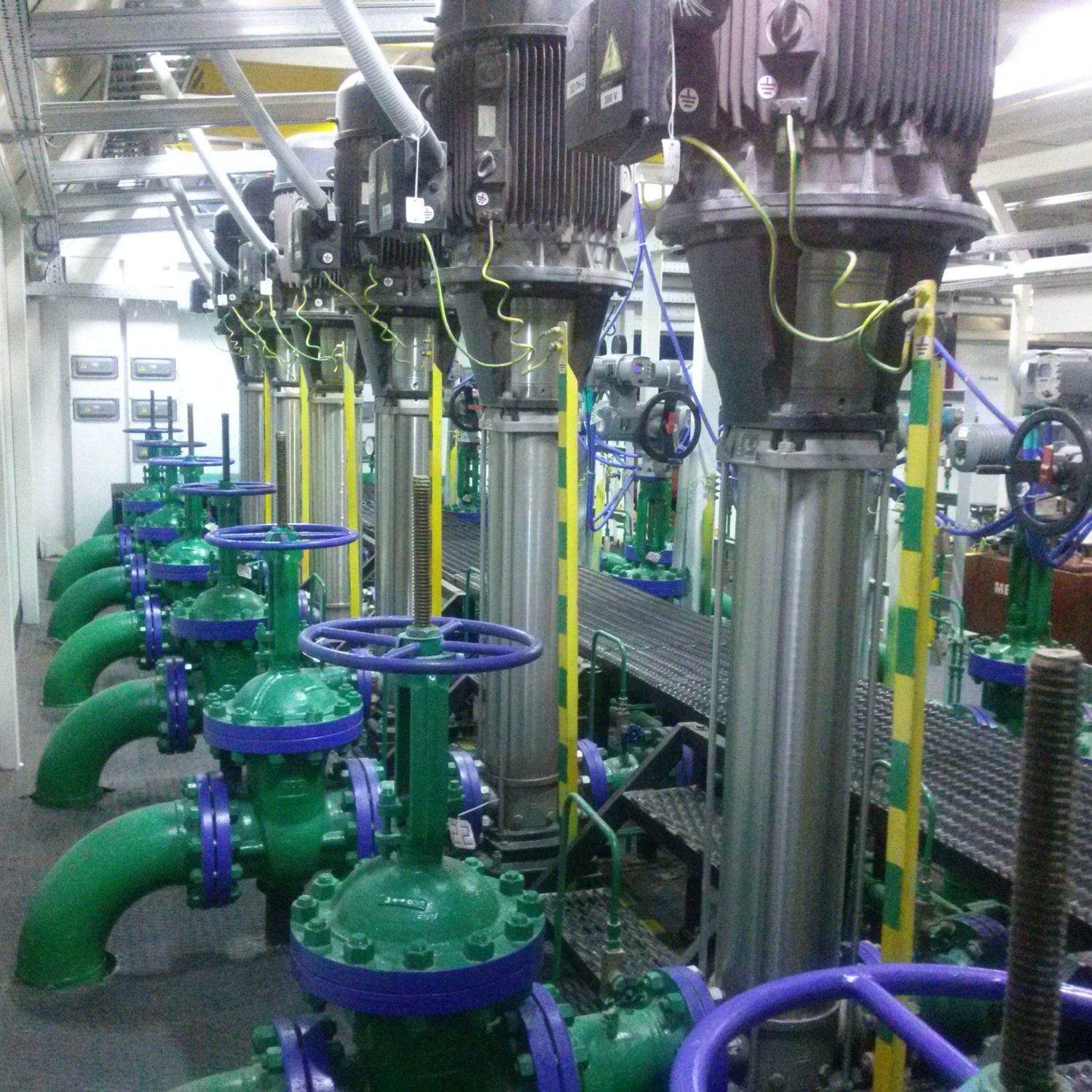Chemical industries are capital intensive and competitive pressures are high
In these industries, raw material costs and product demand vary wildly. Hence companies need to be agile and respond to markets swiftly. Traditional MRP-based approaches and/or Excel models-based analysis will hamper growth and may even threaten survival. Industry leaders have embraced prescriptive analytics and operations research (OR) to build responsive and optimal supply chains.
Optimization can be leveraged in many areas of chemical supply chains
Optimal Supply Chain Network Design
Plant open-close decisions
Optimal plant sizing and location
Optimal supply plan (S&OP)
Capable / Available to promise
SKU rationalization and brand consolidation
Mergers and acquisition analyses
Multi echelon inventory optimization
End-to-end cost minimization
Profit maximization
Process Scheduling & Vehicle Route Planning (VRP)
Waste reduction by optimal sequencing
Changeover cost minimization
Setup time minimization
Minimize overtime expenses
Minimize labor expenses
Reduction of Cost per mile in VRP
Minimization of stockouts
Vendor managed inventory (VMI) optimization
Optimal sizing of trucking fleet
Other Benefits
Capital avoidance
Strategic capacity optimization
Optimizing inventory carrying costs
Optimizing warehousing costs
Maximizing fill rates
Optimal batch monitoring
Real Time optimization (RTO)
Rapid material identification across the supply chain
Condition-based monitoring of unit operations

Network design and production planning
The set of suppliers, plants, and warhouses are the NODEs of activity and the set of EDGEs connecting these nodes are the transportation routes. Optimal geographical placement, capabilities, and capacities of these nodes will have significant capital expense impacts. Due to shifts in customer demographics, mergers, acquisitions, etc. network optimization exercises should be conducted periodically.
Mid-term demand fulfillment planning (Sales & Operations Planning – or S&OP) is a critical function for process industries. The S&OP tool should enable “what to make where, when, and how much” decisions rapidly and at the lowest end-to-end cost. This is a tall order for Excel-based models.
Software tools enabling collaboration and optimization are essential for network design and production planning. It is important to be able to rapidly assess many ‘what if’ scenarios to operate in spite of demand and supply uncertainties.
Air Liquide - Real Time Optimization of Air Separation Plants
In an air separation plant, air is separated into gas and liquid products, serving different industrial sectors. The process is highly energy intensive and a major operating cost is the electricity used to drive air compressors and other equipment. Today the industrial gas market is very competitive and dynamic. Many factors such as energy price, gas and liquid product prices, and customer demands change rapidly. In order to improve the profit margin of air separation plant operation, the production mode and rate need to be adjusted in an optimal manner by taking these real time factors into account. Real Time Optimization (RTO) is the technique to help achieve this objective.

Optimal scheduling for process industries
Unlike job-shop scheduling, process industry scheduling is very complex. This is due to the presence of reactions, separations, intermediate storage, changeovers, waste generation, clean-up, fouling, recycling, splitting, merging, purging, re-processing, venting, flaring, etc. This leads many companies to plan manually or use simplistic Excel models. Such models often produce infeasible production schedules.
Modern mixed integer programming and constraint programming solvers allow for systematic treatment of such complex scheduling problems.
